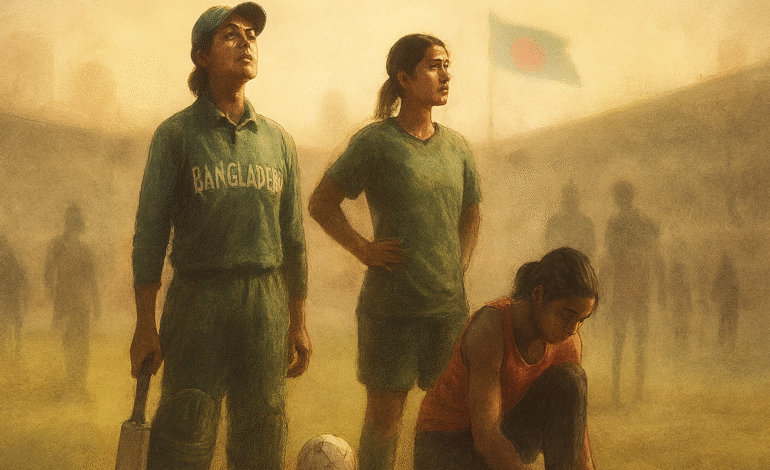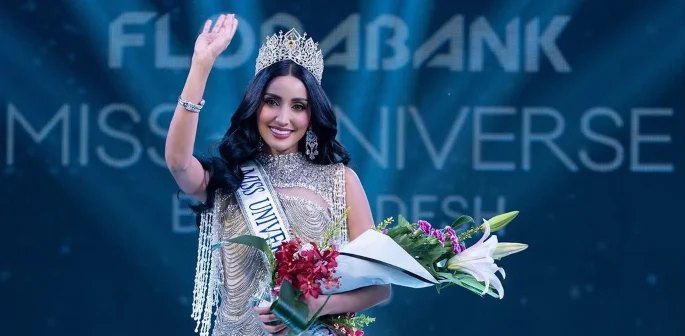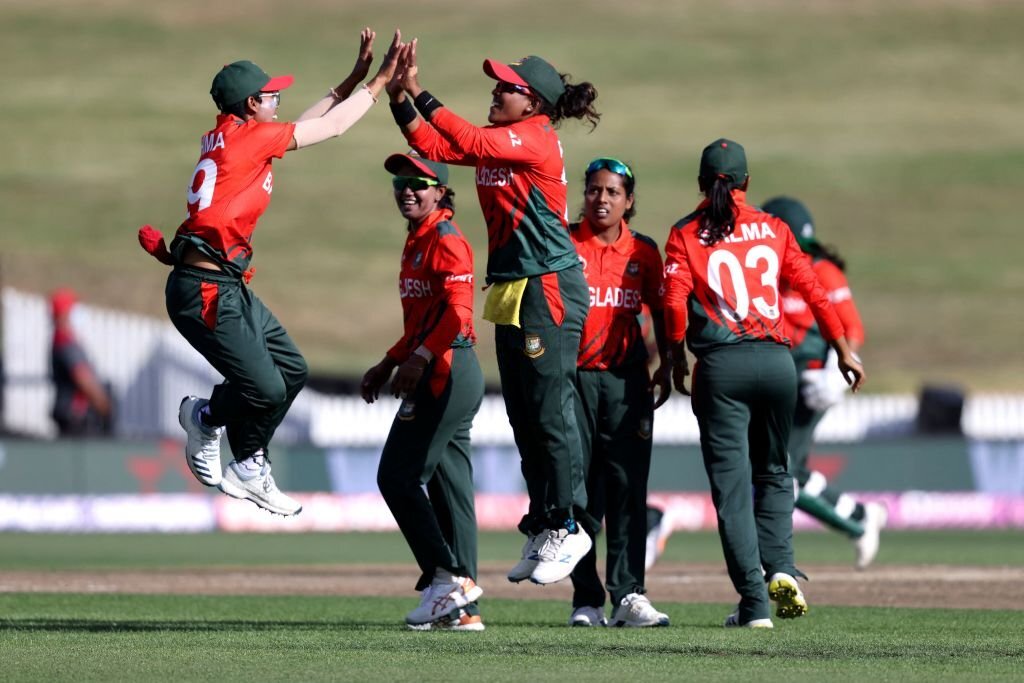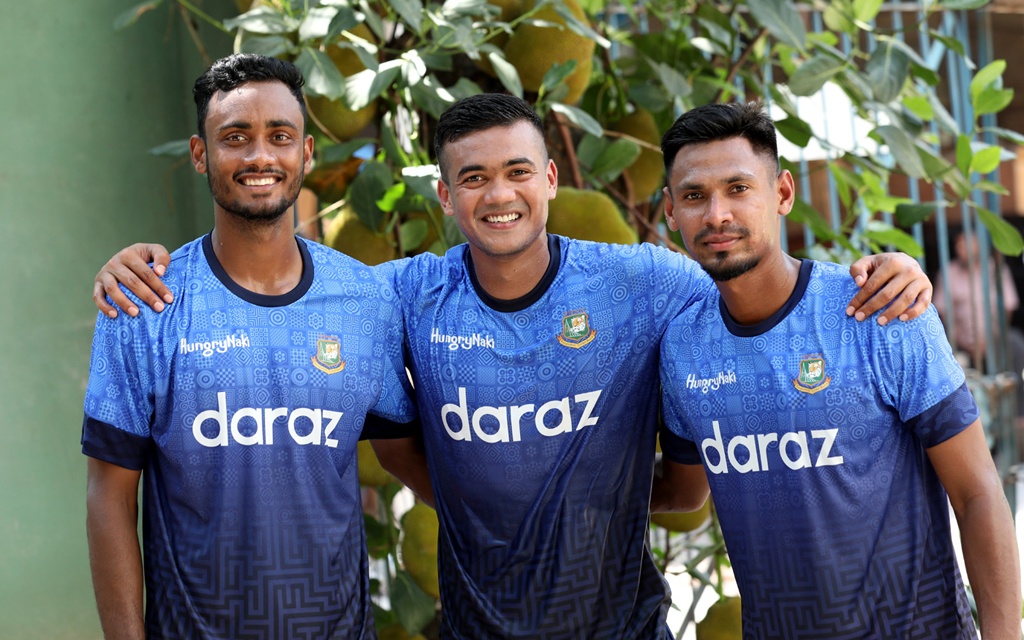Why Women’s Dignity Remains a Question in Bangladesh’s Sports Arena

Why Women’s Dignity Remains a Question in Bangladesh’s Sports Arena
In Bangladesh, where sports have long been celebrated as a symbol of national pride, the question of women’s dignity and safety continues to cast a shadow over athletic progress. The recent allegations made by former Bangladesh women’s national cricket captain Jahanara Alam made headlines and reignited a national conversation about how female athletes are protected—or not protected—within the country’s sporting ecosystem.
Despite the growing participation of women in cricket, football, athletics, and other sports, institutional safeguards remain alarmingly absent. At a time when nations around the world are strengthening policies to ensure equality and safety for women in sports, Bangladesh still struggles to establish even the most basic protection frameworks.
The Missing Framework: No Protocol, No Accountability
The Bangladesh Cricket Board (BCB), one of the country’s most influential sporting bodies, currently lacks a formal protocol to address cases of sexual harassment or abuse. This vacuum of accountability exposes female athletes, coaches, and staff to potential misconduct, while also silencing those who experience it.
Legal experts point out that Bangladesh’s High Court has already issued guidelines for all organizations—public or private—to establish internal committees and reporting mechanisms for harassment complaints. Yet, many sports institutions, including the BCB, have not implemented those mandatory procedures.
This institutional inaction sends a troubling message: that women’s safety in sports is still treated as an afterthought rather than a fundamental right.
Culture of Silence and Fear
The absence of policy is not the only issue. Social stigma and fear of backlash often discourage victims from speaking up. Female athletes who report harassment risk being labeled as “troublemakers,” jeopardizing their careers and reputations.
A former national-level athlete, who preferred to remain anonymous, explained,
“There’s always a fear that if you complain, your career might end before it starts. Many just endure quietly.”
This culture of silence reinforces gender inequality within the sports system. The lack of visible action from institutions also discourages younger girls from pursuing sports seriously, knowing they might not be protected if something goes wrong.
A Global Perspective: Lessons from Other Leagues
Globally, sports organizations have faced similar reckonings. The United States Soccer Federation, for instance, introduced comprehensive safeguarding rules after multiple harassment scandals. The England and Wales Cricket Board (ECB) has mandatory reporting systems, while Cricket Australia enforces gender-safety codes aligned with international labor and sports ethics standards.
In contrast, Bangladesh remains behind in aligning with the International Cricket Council’s (ICC) gender-safety expectations. Without these protections, female athletes operate in an environment of uncertainty and risk, where misconduct can go unchecked and reputational damage can go unpunished.
Sports sociologists note that a country’s sports culture reflects its broader social values. When women are not protected in sports, it mirrors systemic gender disparities in workplaces, politics, and education.
The Role of Media and Public Pressure
The media’s role in challenging these norms has become increasingly vital. Editorials like the one published by New Age play a crucial role in amplifying accountability and bringing institutional neglect to public attention.
Over the years, investigative reporting has exposed several instances of exploitation in women’s sports globally, from gymnastic teams in the U.S. to football clubs in Africa and Asia. These stories not only push governing bodies to take action but also inspire victims to come forward.
In Bangladesh, consistent coverage of gender-based challenges in sports can create similar momentum—pressuring governing bodies to adopt formal protocols, train staff, and ensure safe spaces for all athletes.
Women Breaking Barriers Despite Odds
Despite these challenges, Bangladeshi women have continued to achieve remarkable feats. The Bangladesh Women’s Cricket Team made history with their Asia Cup victory in 2018, while athletes in football, archery, and swimming have represented the nation with pride.
These successes, however, often unfold in environments where women’s safety, dignity, and mental well-being are not guaranteed. Many female athletes credit personal determination and family support rather than institutional backing for their success.
Sports analysts argue that for Bangladesh to nurture its next generation of champions, it must first build trust—a system where women can pursue excellence without fear of exploitation or discrimination.
Competing with Global Standards
As Bangladesh strives to raise its international sporting profile, it faces stiff competition from other cricketing and sports nations that are modernizing rapidly—not only in performance but also in governance and gender inclusivity.
At a time when global leagues like the Women’s Premier League (WPL) in India or The Hundred in England promote diversity and safety as core values, Bangladesh risks falling behind if it fails to modernize its internal culture.
International sponsors and federations are also increasingly aware of these ethical dimensions. Countries that fail to ensure safety and dignity for women may struggle to attract investment, media coverage, or global partnerships in the long run.
The Way Forward: From Policy to Practice
To address this crisis, experts suggest three key steps:
- Immediate Adoption of a Sexual Harassment Protocol
The BCB and other sports bodies should create internal complaint committees in line with Bangladesh’s legal framework and ICC’s code of conduct. - Education and Awareness
Conduct gender-sensitivity training and awareness campaigns across all sporting levels—from grassroots to professional teams—to eliminate stigma and encourage open dialogue. - Independent Oversight and Transparency
Establish an independent body to oversee investigations, ensuring that cases are handled fairly and without political or institutional influence.
Such reforms would not only restore confidence among women athletes but also help Bangladesh present itself as a responsible member of the global sports community.
A Call for Dignity and Change
Ultimately, the question of women’s dignity in sports is about more than safety—it’s about equality, respect, and empowerment. When a woman steps onto the field, she represents not only her team but the collective progress of a nation.
Bangladesh has shown its potential through the resilience and talent of its female athletes. Now it must show moral leadership by ensuring that every woman who dreams of wearing the national colors can do so in an environment that honors her dignity and protects her voice.







